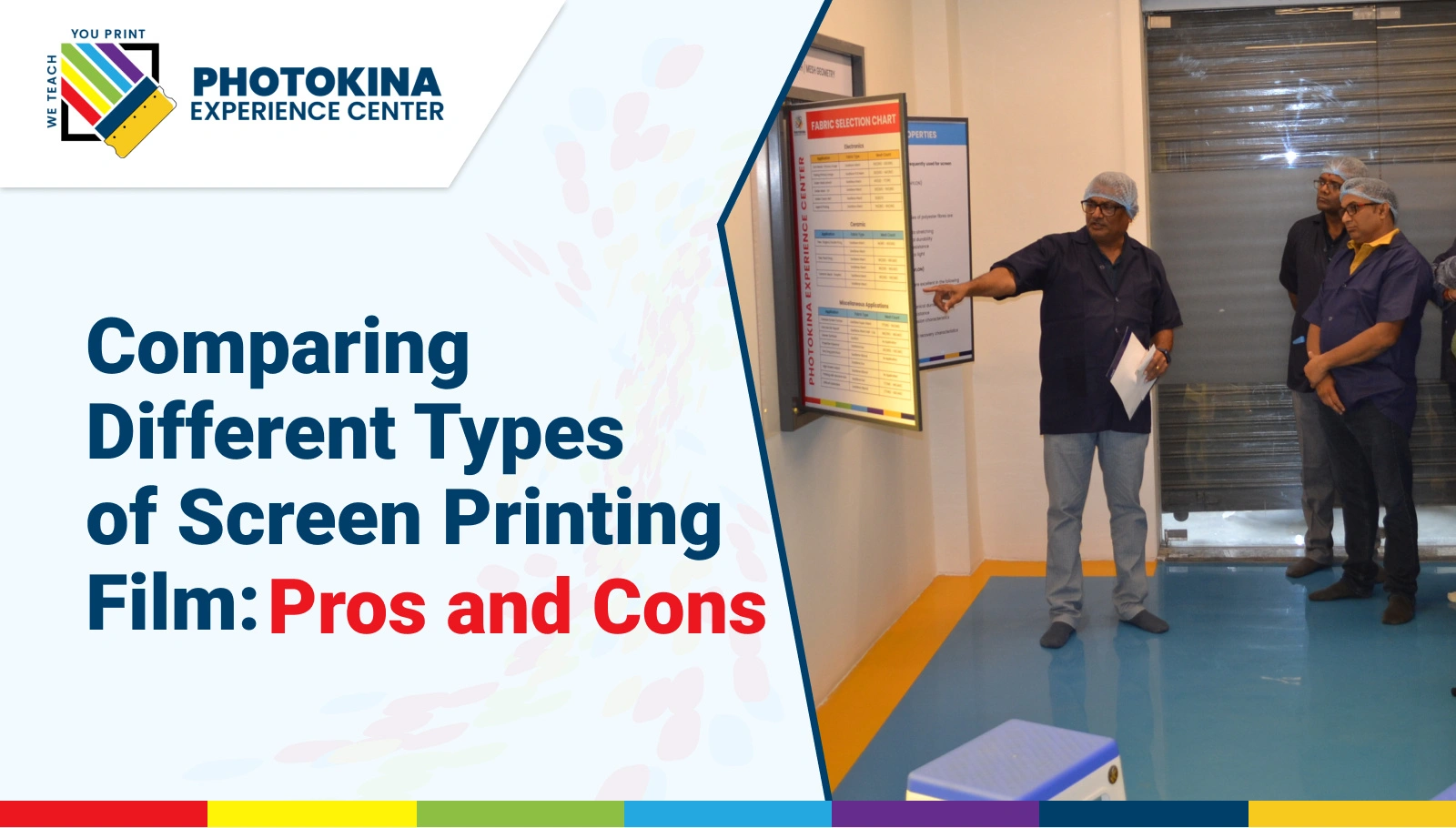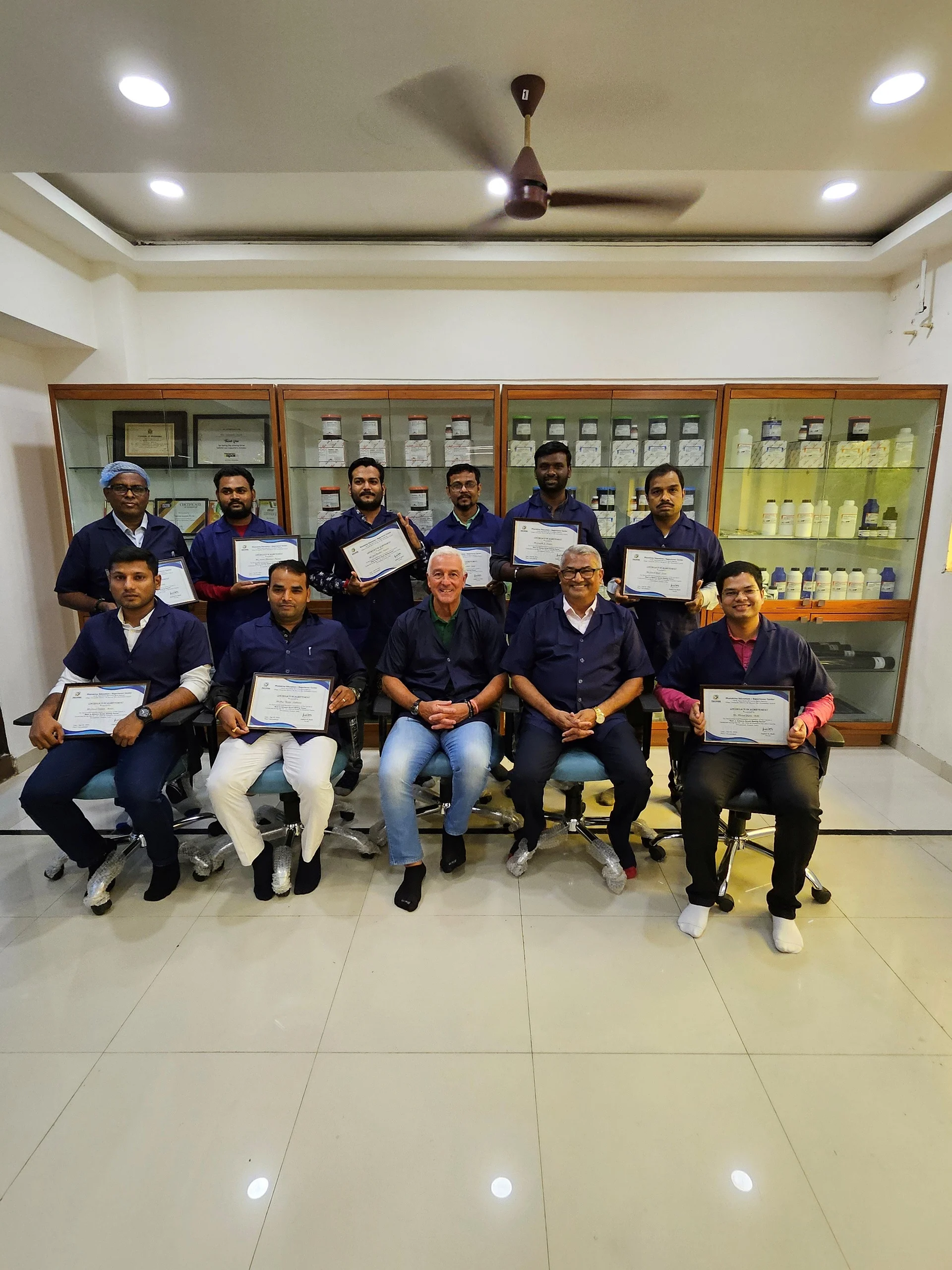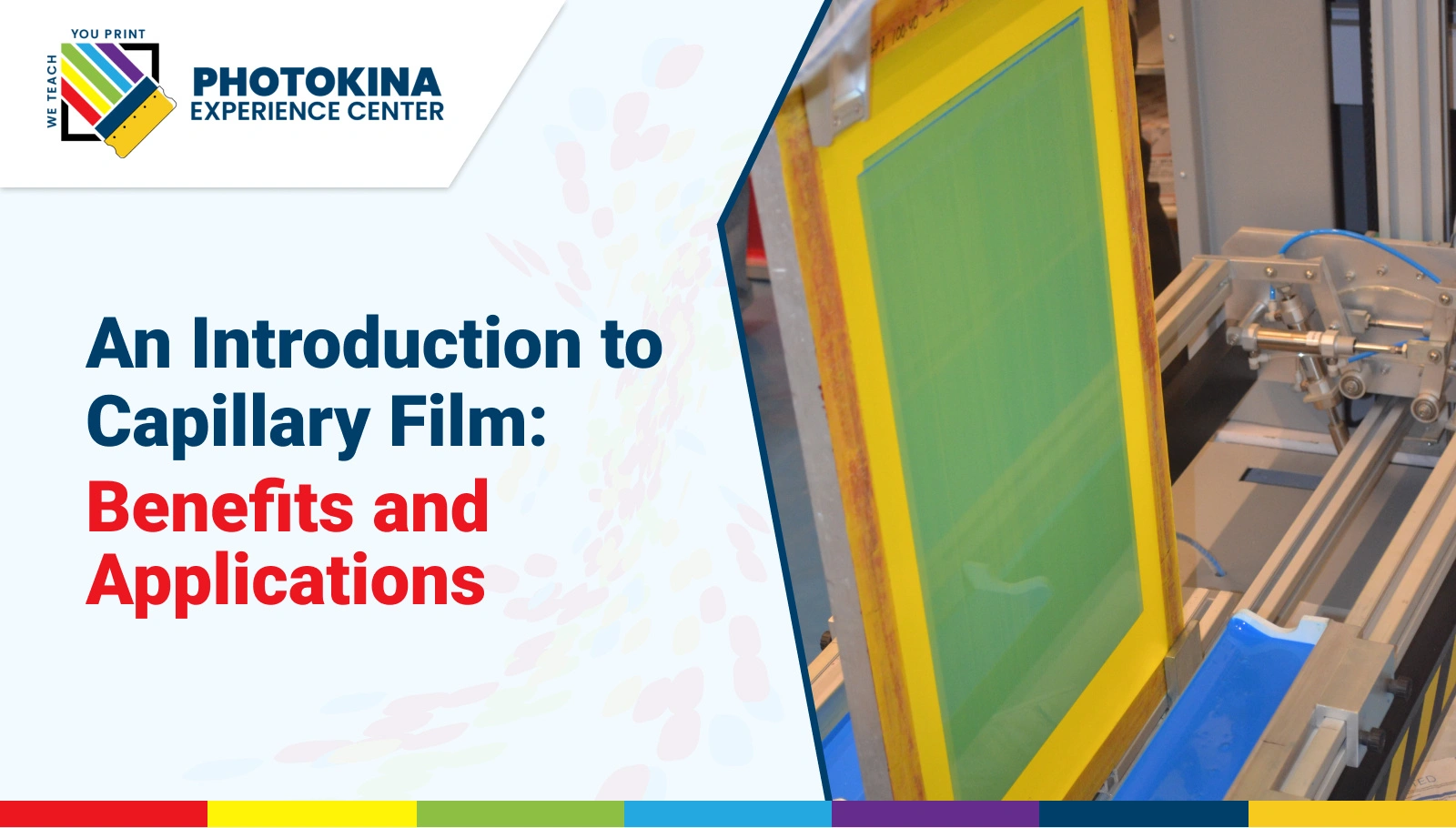
Comparing Different Types of Screen Printing Film: Pros and Cons
Screen Printing Film
Comparing Different Types of Screen Printing Film: Pros and Cons
Screen Printing Film is an essential component in the screen printing process, playing a crucial role in creating accurate and detailed positives for screen exposure. The right film selection significantly impacts the quality of your prints, from clarity to sharpness. With various types of screen printing film available, each comes with its own advantages and drawbacks. This guide will help you understand the different types of screen printing film to make an informed decision for your printing needs.
What is Screen Printing Film?
Screen printing film is used to create film positives, which are exposed onto the screen to transfer designs. These films come in different formats, such as transparent or opaque, tailored for specific applications. The quality and type of screen printing film you choose can greatly affect the sharpness, detail, and overall success of your prints.
Types of Screen Printing Film
1. Acetate Film
Acetate film is a transparent material often used in screen printing because it’s affordable and easy to use.
Pros:
- Transparency: Highly transparent, allowing for clear visibility of artwork.
- Cost-Effective: Affordable compared to other films.
- Ease of Use: Easy to cut and handle, making it a convenient option.
Cons:
- Durability: Less durable and prone to tearing.
- Ink Absorption: May absorb ink, leading to smudging or reduced clarity.
- Limited Resolution: Not ideal for very detailed designs.
2. Mylar Film
Mylar film is a polyester-based film known for its high durability and ability to handle intricate designs.
Pros:
- Durability: Resistant to tearing, perfect for repeated use.
- High Resolution: Excellent for producing detailed and sharp designs.
- Chemical Resistance: Withstands screen printing chemicals well.
Cons:
- Cost: More expensive than acetate.
- Handling: Stiffer and more difficult to cut.
- Static Electricity: Can attract dust due to static buildup.
3. Film Positive Film
Film Specifically designed for screen printing, film-positive films offer excellent precision.
Pros:
- Sharpness: Produces clear, high-contrast images.
- Consistency: Ensures predictable and accurate results.
- Ease of Printing: Works well with inkjet or laser printers.
Cons:
- Cost: More expensive than acetate or Mylar.
- Compatibility: Requires certain printer types for best results.
4. Transparent Film
Transparent film is ideal for situations where you need to clearly view the design through the film.
Pros:
- Visibility: Provides a clear view for precise alignment of artwork.
- Versatility: Can be used with multiple types of printers and inks.
- High Contrast: Offers excellent contrast for screen exposure.
Cons:
- Smudging: Prone to smudging if not handled properly.
- Ink Compatibility: May require specific inks depending on the printer.
- Durability: Some transparent films are less durable and can tear.
5. Opaque Film
The opaque film is used to create high-contrast positives where total ink blockout is necessary.
Pros:
- High Contrast: Produces sharp, clear prints.
- Blockout Capability: Effective at blocking light during exposure.
- Durability: Generally more resistant to wear and tear.
Cons:
- Visibility: Harder to see through, which can make alignment difficult.
- Limited Use: Primarily used for blockout purposes, which limits versatility.
- Cost: Can be pricier than other types of film.
Choosing the Right Screen Printing Film
When selecting screen printing film, consider these factors:
- Type of Artwork: Mylar or film-positive films are best for detailed designs, while acetate or transparent films may work for simpler artwork.
- Budget: If cost is a concern, acetate films are a more affordable option. For higher-end results, Mylar or film-positive films are worth the investment.
- Printer Compatibility: Ensure the film is compatible with your printer for the best quality prints.
- Print Volume: For high-volume printing, durability is essential, making Mylar or opaque films a better option.
Common Issues and Solutions
Even with the right screen printing film, problems may arise. Here are some solutions to common issues:
- Blurry Images: This could result from using low-resolution film or mishandling. Opt for higher quality films and handle them with care.
- Film Tearing: Consider switching to more durable films like Mylar, and handle them gently to avoid damage.
- Inconsistent Exposure: If exposure is uneven, make sure the film is aligned correctly and the proper exposure settings are used.


